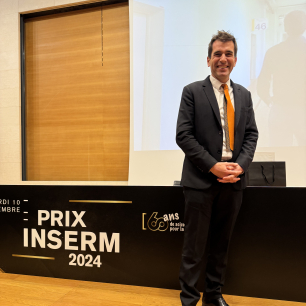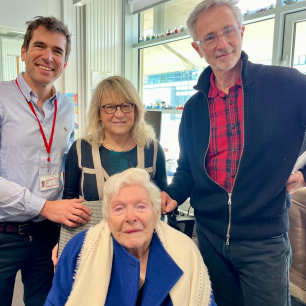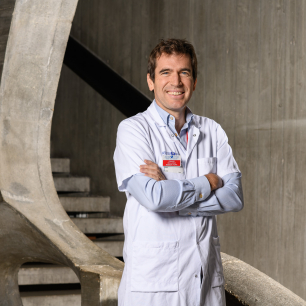Translational Medicine and Targeted Therapies
Our research group is focused on genetic mosaic disorders associated with overgrowth syndromes and vascular anomalies.
Overgrowth syndromes are rare genetic disorders characterized by abnormal tissue growth, which can be localized or generalized. These mutations are not inherited but occur during embryonic development, resulting in somatic mosaicism. The genes involved in overgrowth syndromes are not yet fully understood, but many appear to be part of the RAS/PIK3CA/AKT/mTOR pathway, a significant player in cell growth and proliferation, with gain-of-function mutations in PIK3CA playing a prominent role. Patients typically exhibit complex tissue malformations, including abnormal blood vessels, disordered adipose tissue, muscle hypertrophy, and bone deformities.
We have recently developed a mouse model for PIK3CA-Related Overgrowth Syndrome (PROS) that successfully replicates the patient phenotype. We also identified BYL719 (alpelisib, Novartis), a PIK3CA inhibitor initially developed for oncology, as a potential therapy for PROS. Subsequent testing in our mouse model demonstrated the drug's efficacy. Based on these promising results, we received authorization to treat both adults and children (19 patients aged 4 to 50 years) with severe forms of PROS. The clinical outcomes were remarkable: previously untreatable vascular tumors reduced in size, congestive heart failure improved, and hemihypertrophy was reduced. Notably, the treatment exhibited minimal side effects, leading to the US FDA's approval of alpelisib for PROS patients over 2 years old in April 2022, making it the first and only approved treatment for these disorders.
While the drug is generally beneficial, the response to treatment varies from good to exceptional. We are now delving into the role of each tissue in disease development, as our findings suggest that the physiopathology is more complex than originally thought.
Our current research objectives are as follows:
- Develop novel preclinical mouse models of PROS to better understand the disease.
- Identify humoral factors and potential biomarkers to enhance our understanding and improve patient care.
- Discover new downstream targets of PIK3CA to identify potential therapeutic options.
- Investigate the role of PIK3CA activation in cell fate determination
These scientific pursuits are essential in advancing our knowledge of PROS, improving patient outcomes, and contributing to a deeper understanding of the critical role of PIK3CA in various fields of research.
In addition, our group is specialized in drug repositioning with new medical discoveries ongoing for rare diseases not involving the PI3K pathway. More to follow…
PRIZES AND AWARDS
· 2021 Triennial and international unsolicited Gagna A. & Ch. Van Heck Prize for incurable diseases (National Belgian fund for Scientific Research)
· 2022 Robert Schobinger Award recipient from the International Society for the Study of Vascular Anomalies
· 2022 Prix Galien
· 2024 Cornell University Medical College Centennial Medaille
· 2024 Grand Prix concours innovation i-Lab
· 2024 Grand Prix Inserm de l’Innovation
















